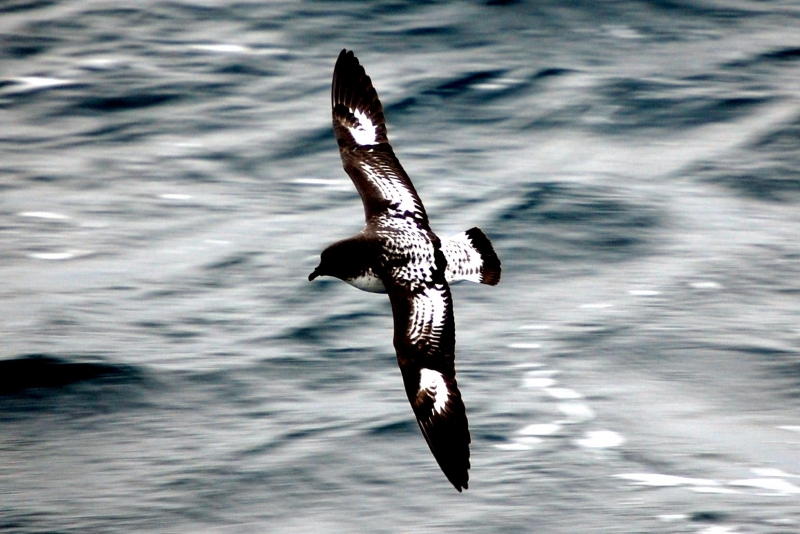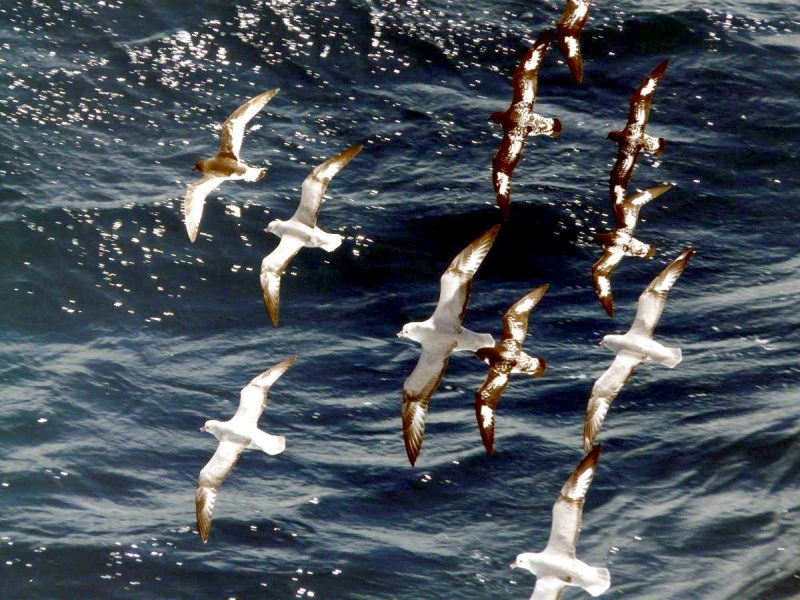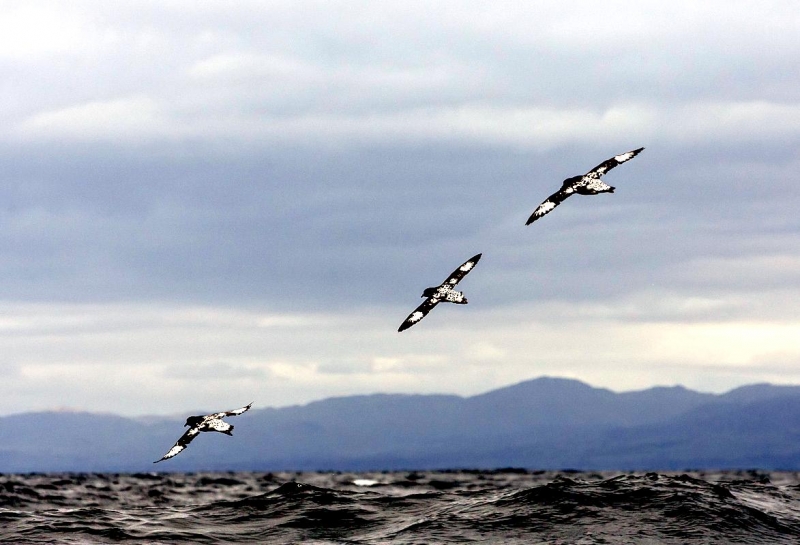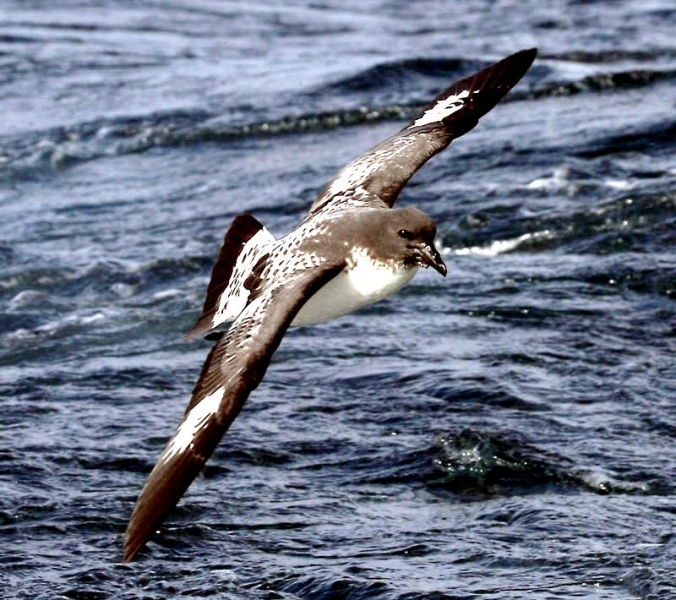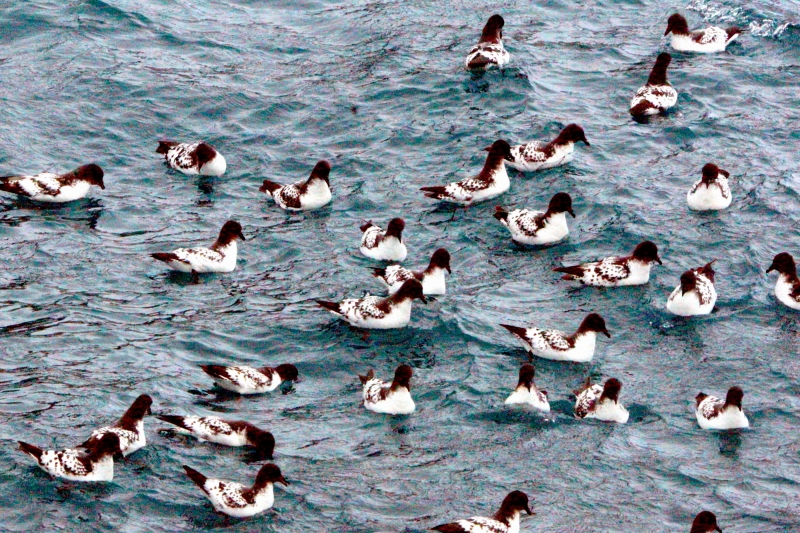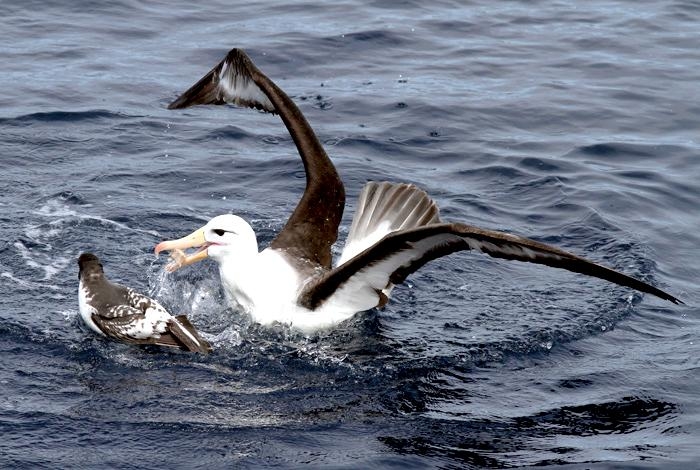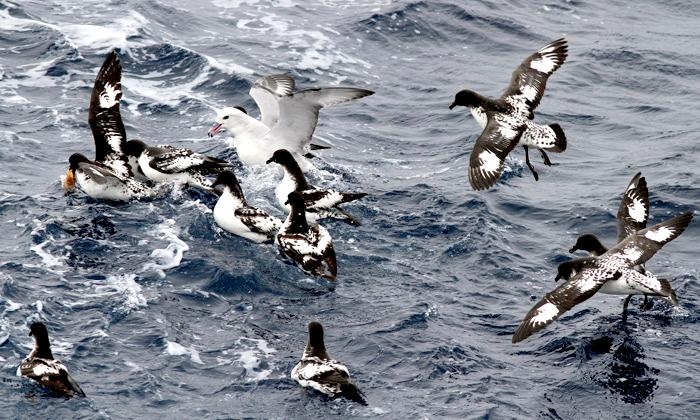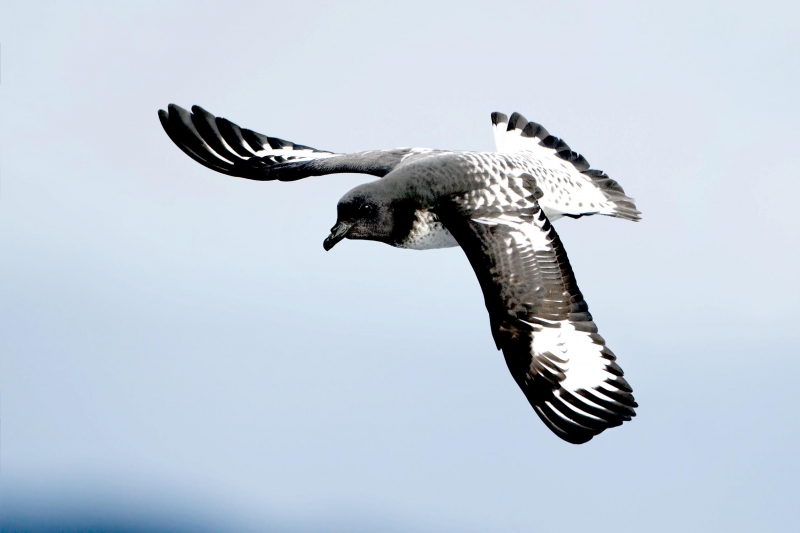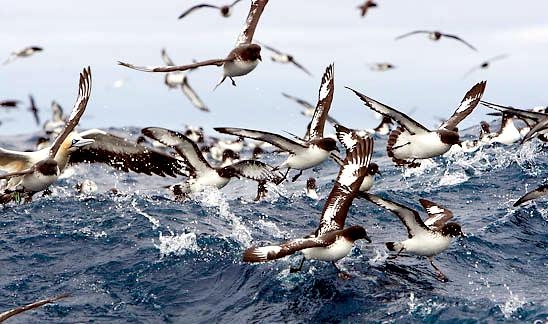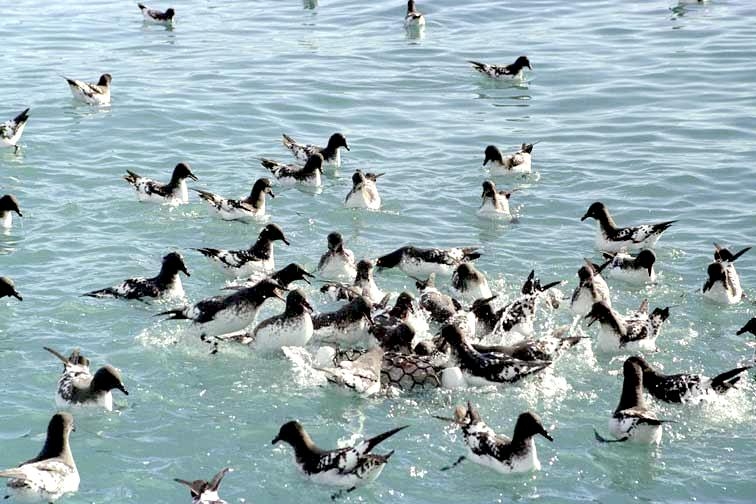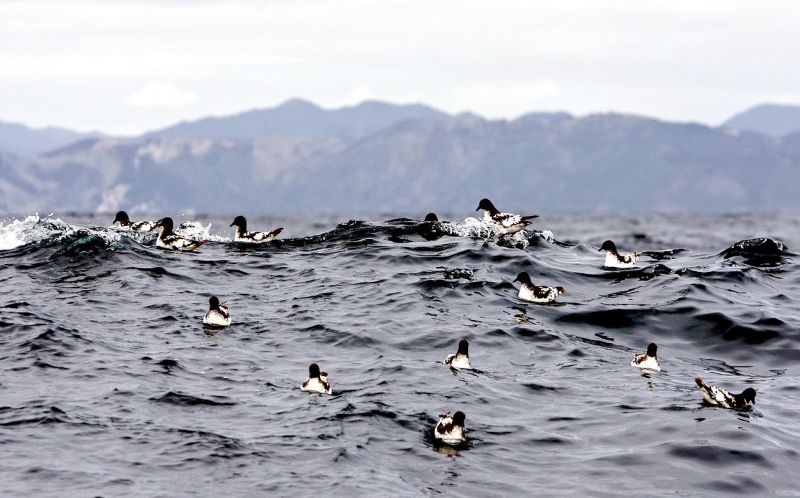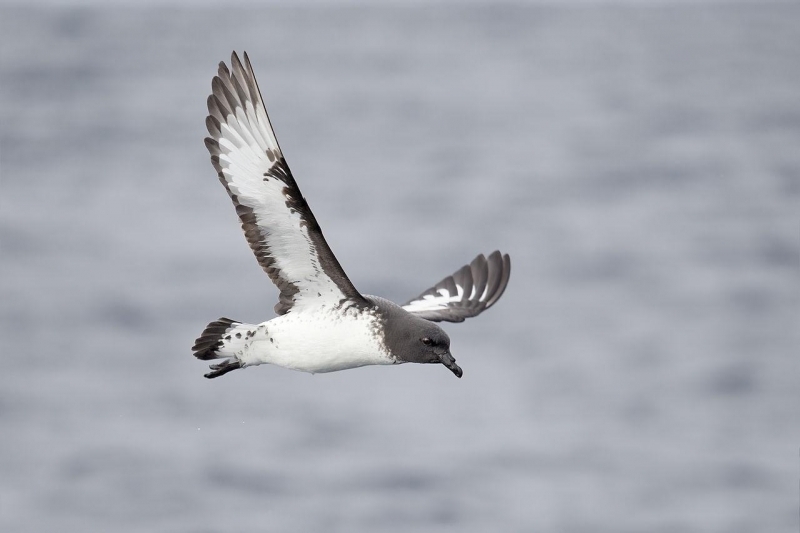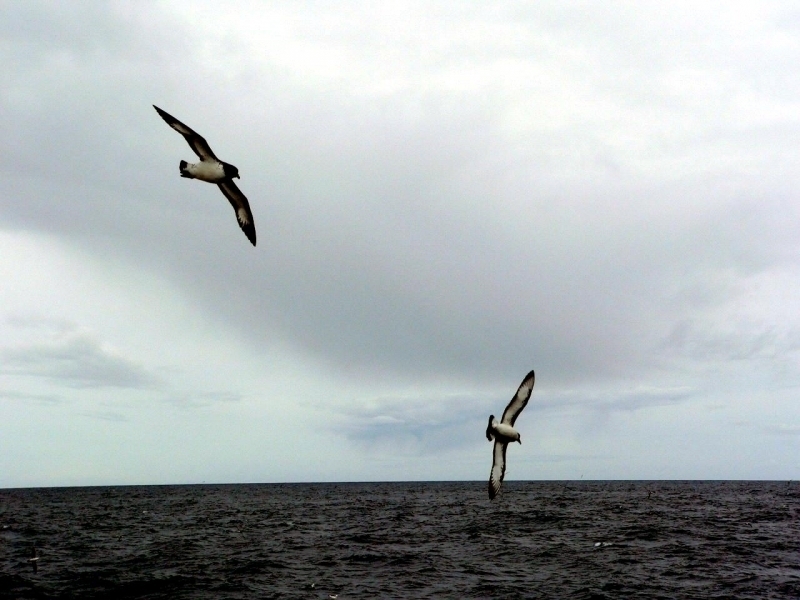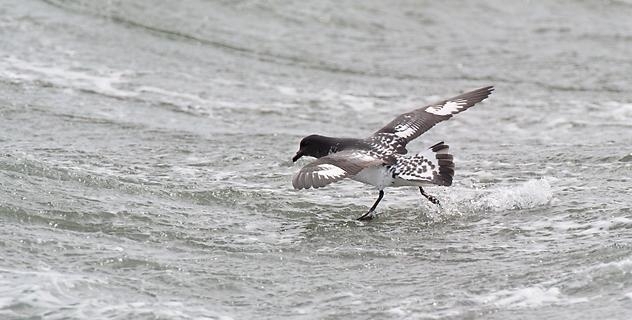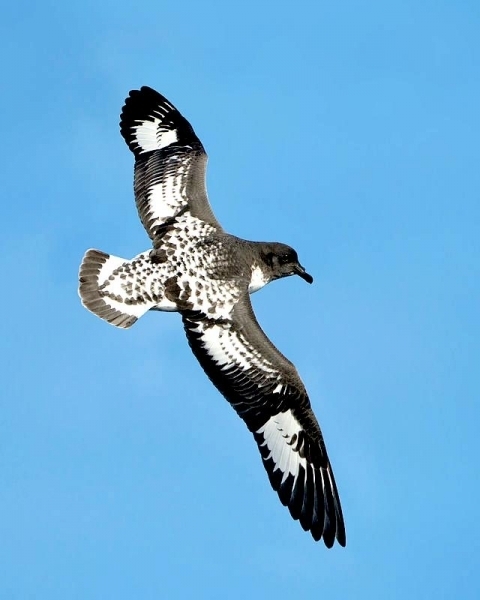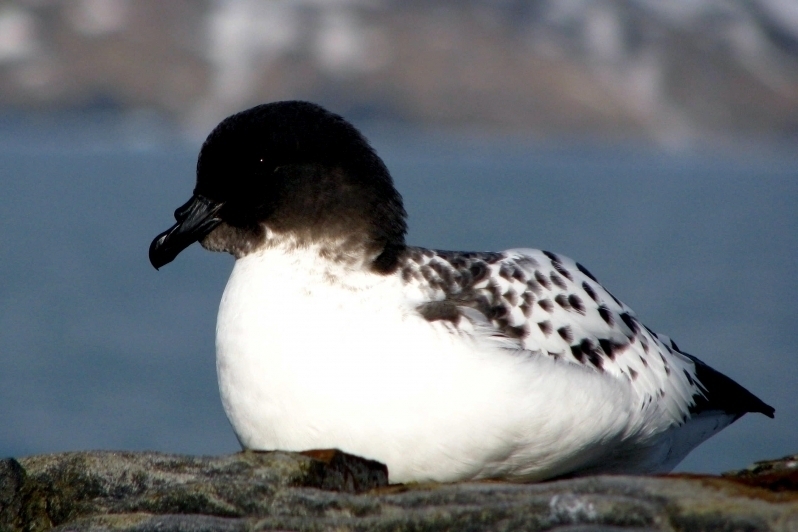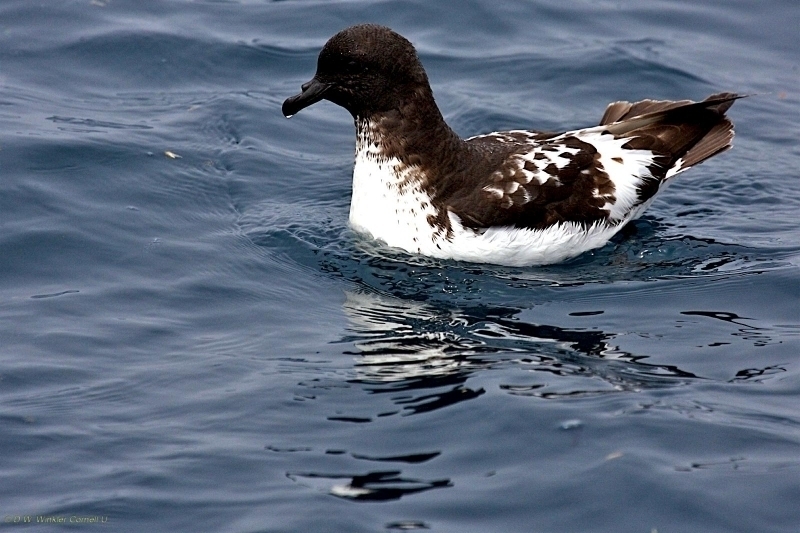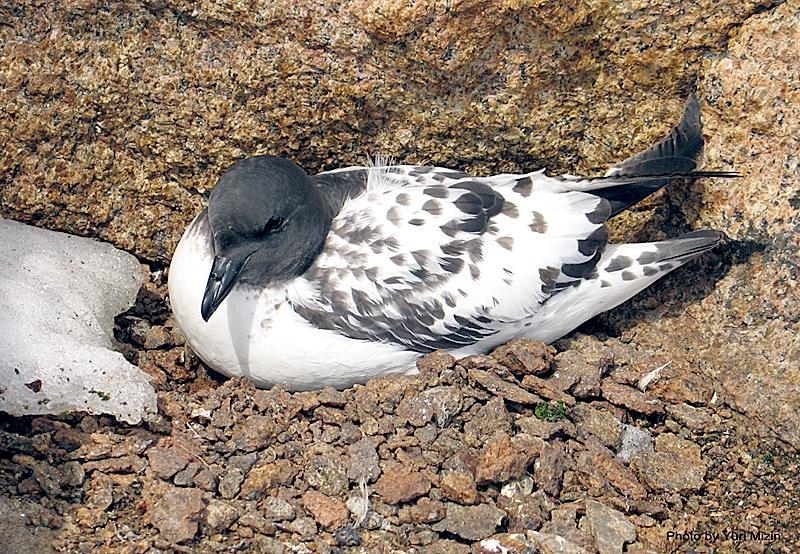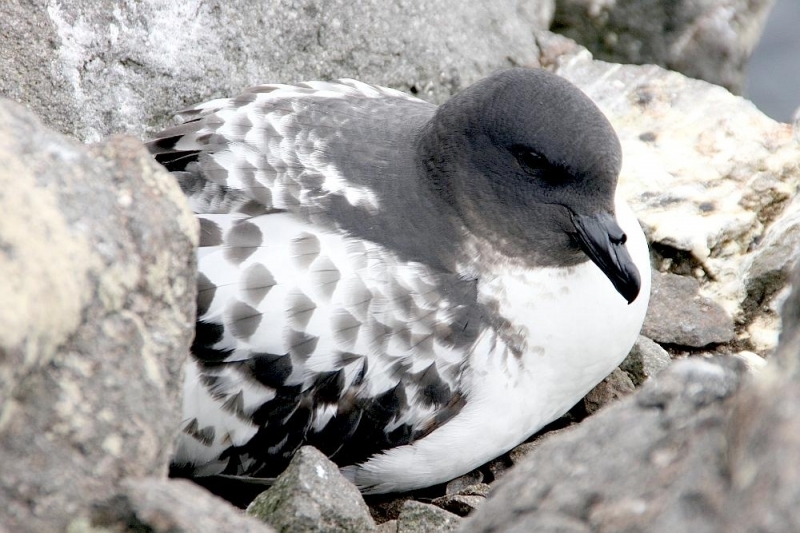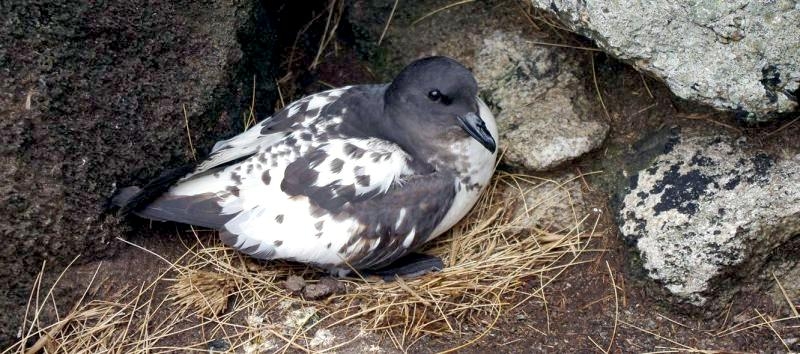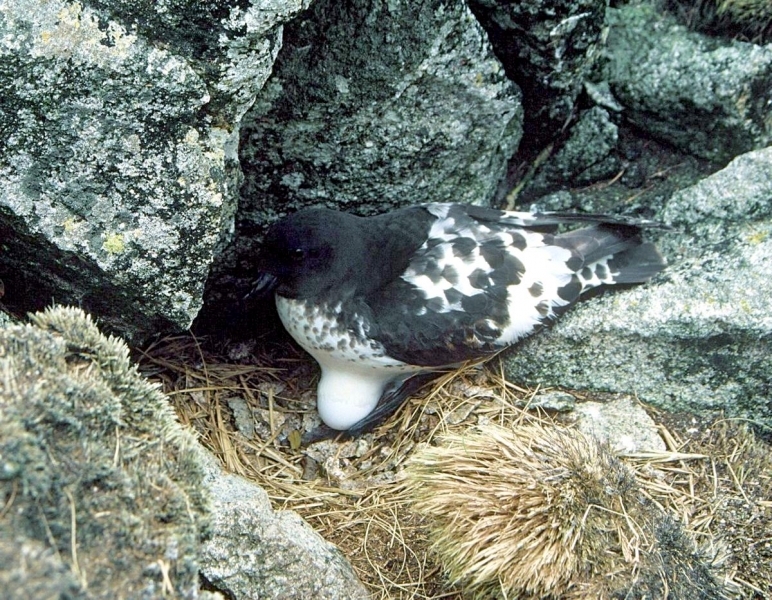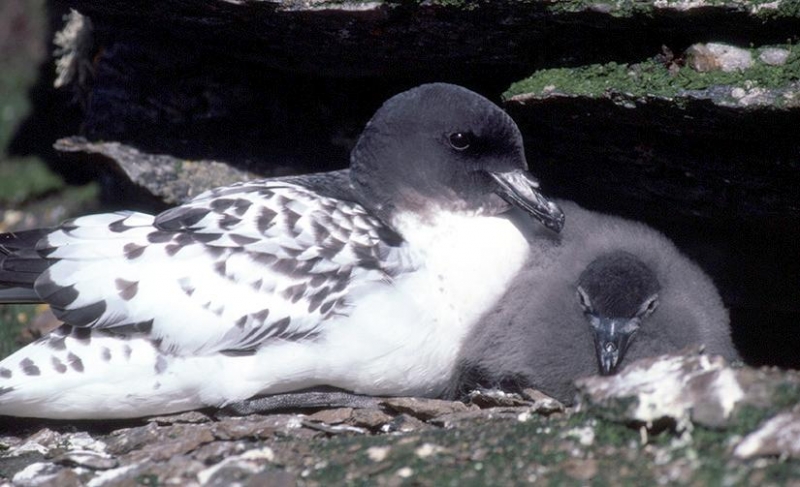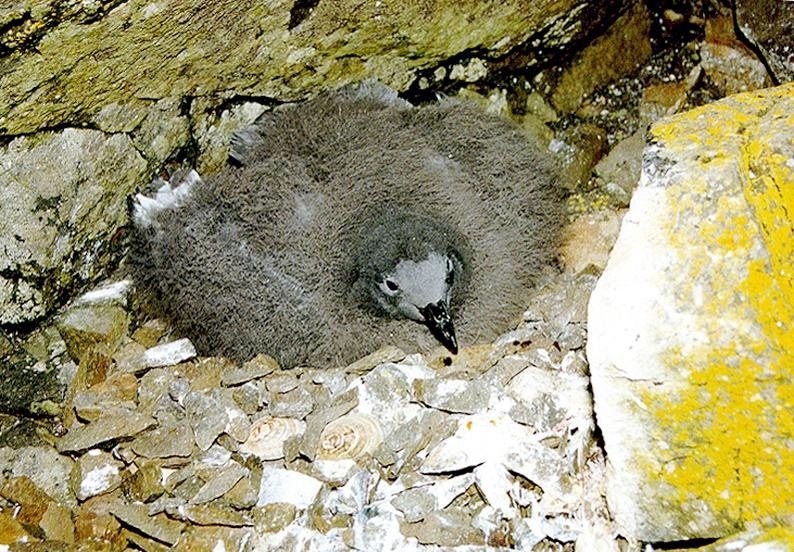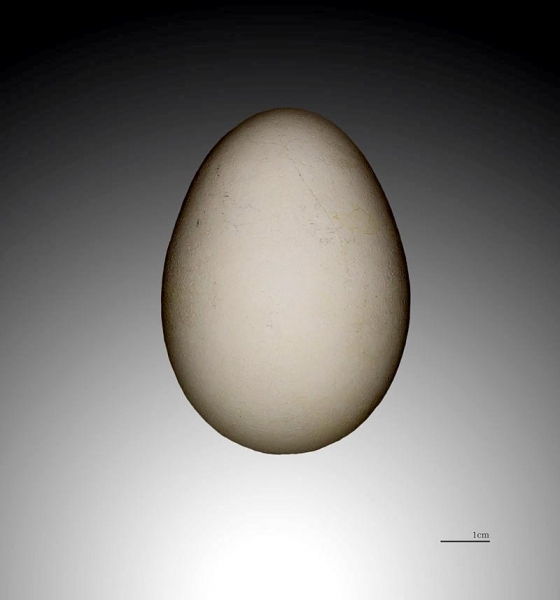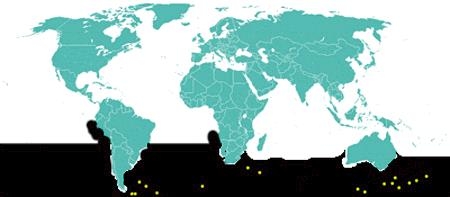“Daption capense”
Cape Petrels are distinctively patterned black & white on their upper-parts, while their underparts are mostly white. The chin & throat are blackish and the tail has a blackish tip. The under wing is white with black margins and the bill, legs & feet are all black. The Cape Petrel is also called the Cape Pigeon, Pintado Petrel or Cape Fulmar and is a common seabird of the Southern Ocean. They breed in colonies on the Antarctic continent, sub-temperate islands near New Zealand and on sub-antarctic islands in the South Atlantic and the South Indian Oceans.
In the winter months, Cape Petrels reach Australian seas as far north as 27°S on the east coast and on the west coast to Carnarvon (24°S). The population & breeding status of the Cape Petrel is satisfactory. At some locations, feral cats & rats harass these seabirds during breeding season but the inhospitable nature of their nesting habitat protects them from serious depredation. Cape Petrels lay 1 white egg between November and early December. They generally do not start breeding until they are at least 5 years old. Cape Petrels feed mainly on krill, squid and small fish. They persistently follow ships & boats to take discarded scraps and also scavenge on carcasses.










